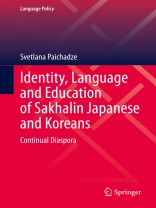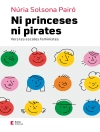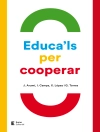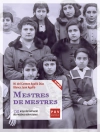This book explores the issues of education, the use of languages and the formation of self-identification of the Japanese and Korean diasporas of Sakhalin, over a hundred years period: from the time they moved to the island, until their “return” to historical homelands in Japan or South Korea. During this time, their language environment and language of education changed 4 times and Japanese and Korean of Sakhalin continued to be a linguistic and ethnic minority.
This book is of interest to researchers, students, NGO supporters and education policy makers.
Содержание
1. Introduction.-
Part I. From Joint Control to the Border on the Island. — 2. Sakhalin under Control of the Russian Empire and Soviet Union.- 3. Sakhalin/Karafuto under Control of the Japanese Empire.-
Part II. Postwar Population Movements. — 4. Coexistence, Repatriation and Those Left Behind (1945-end of the 1950s).- 5. From the End of the 1950s to the end of the 1980s: New Wave of Migration of the Population and the Closure of Korean Schools in Sakhalin.-
Part III: Contemporary Repatriation. — 6. Contemporary Repatriation to Japan and South Korea: Formation of new diasporas (New Life as Migrants).- 7. Education, Language, and Identity of the Young Generation of Returnees.- 8. Conclusions. Appendices. Index.
Об авторе
Svetlana Paichadze, Ph D, is Associate Professor in the Research Faculty of Media and Communication at Hokkaido University. Her main research themes are the education, identity and language issues of Russian speaking diaspora. She is co-editor (with Philip Seaton) of Voices from the shifting Russo-Japanese border (Karafuto/Sakhalin, Routledge, 2015) and coauthor (with Mooam Hyun) of
Left behind on Sakhalin: Japan, Korea and Russia. Story of 10 families (Kō bunken, 2016 for the Japanese version, translated and published in Korean Chaek kwa Hamkke 2019).












